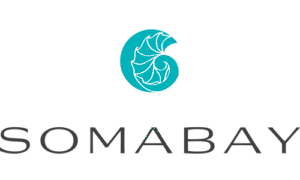Succession Planning:
Succession Planning is a systematic process designed to identify, develop, and prepare future leaders and key role holders within the organization to ensure business continuity and sustainable growth.
Phase 1: Role Identification
- Objective: Define the critical roles that significantly impact organizational success.
- Key Steps:
- Identify business-critical positions (CEO, Directors, Department Heads, Technical Experts).
- Assess impact of role on strategy, operations, and culture.
- Prioritize roles based on risk of vacancy and business continuity importance.
- Output: A list of critical roles with risk assessment (high/medium/low).
Phase 2: Profiling
- Objective: Define what success looks like in each critical role.
- Key Steps:
- Develop competency profiles (leadership, technical, functional).
- Define required experiences, qualifications, and behavioral competencies.
- Create role profiles that serve as a benchmark for successors.
- Output: Role Success Profiles (knowledge, skills, attributes, values).
Phase 3: Resources Identification
- Objective: Ensure sufficient resources (budget, tools, programs, mentors) are allocated to succession.
- Key Steps:
- Allocate training budget.
- Engage external development partners where needed.
- Ensure leadership sponsorship and HR facilitation.
- Output: Resource Plan aligned with succession strategy.
Phase 4: Assessment
- Objective: Evaluate current talent against success profiles.
- Key Steps:
- Use multiple methods: performance appraisals, psychometric tools, 360° feedback, and assessment centers.
- Identify readiness levels: Ready Now, Ready Soon (1–2 years), Ready Later (3–5 years).
- Place employees into succession grids (9-box grid).
- Output: Talent Readiness Map showing potential successors and gaps.
Phase 5: Results
- Objective: Consolidate assessment outcomes into a structured view of succession strength.
- Key Steps:
- Review with leadership team for calibration.
- Identify high-potential talent pools.
- Highlight critical risk areas (roles without successors).
- Output: Succession Bench Strength Report.
Phase 6: Individual Development Plans (IDPs)
- Objective: Close the gaps between current capability and future role requirements.
- Key Steps:
- Develop tailored development plans (training, coaching, mentoring).
- Provide job rotations, stretch assignments, and leadership exposure.
- Track progress against role profiles and readiness levels.
- Output: Documented IDPs for each identified successor

